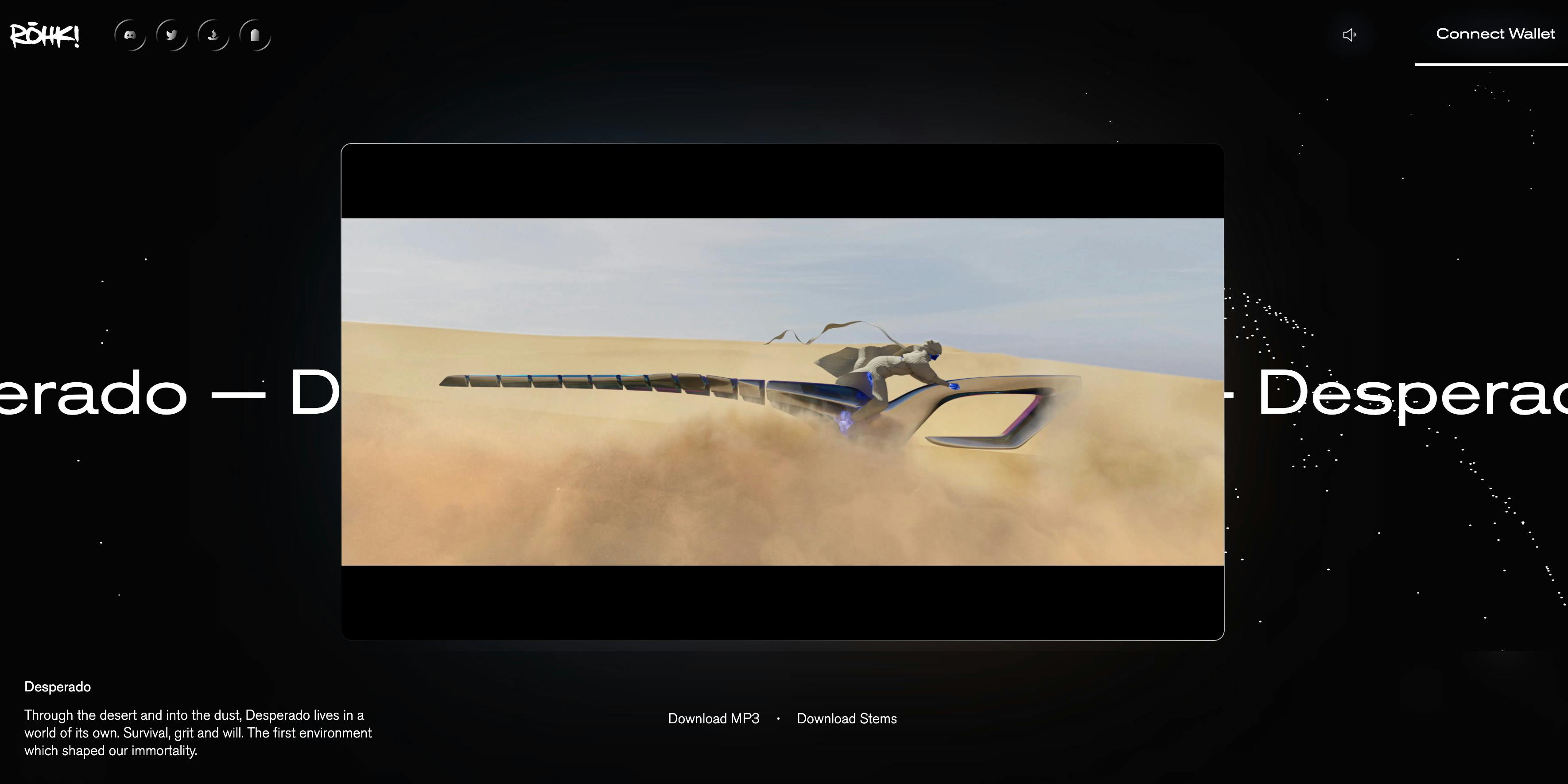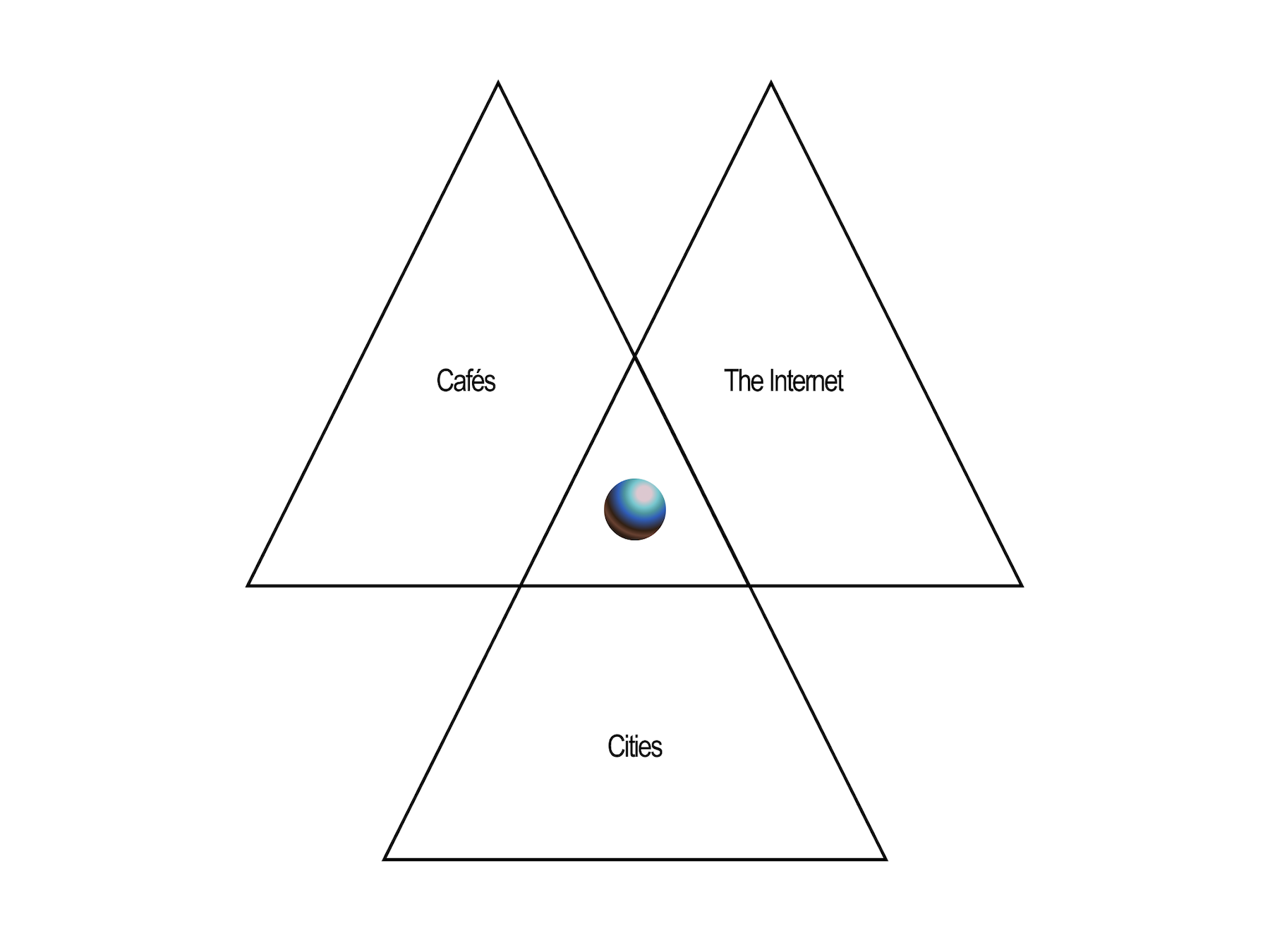The Future of Music: Exploring the Potential of Onchain Technology
Onchain technology has the potential revolutionize the music industry by providing provenance, ownership, public accessibility, and permanence, but it also presents challenges such as a learning curve and niche recognition. Should artists consider it?

In recent years, the music industry has witnessed a rapid transformation due to technological advancements. One such innovation that has captured the attention of many industry experts is onchain technology. Onchain, also known as being "on the blockchain," refers to content or services that are available or performed using Ethereum or another blockchain. It offers a range of benefits and has the potential to reshape the future of the music industry. However, it is important to acknowledge the drawbacks as well.
One of the most significant advantages of onchain technology in the music industry is the aspect of provenance. With onchain music, anyone can cryptographically verify the creator, the timestamp, and the entire ownership history of the content through NFTs (Non-Fungible Tokens). This transparency and traceability provide artists with a greater level of credibility and safeguards against plagiarism or unauthorized use of their work.

Furthermore, onchain music allows for a new level of ownership and market formation. NFTs can be bought, sold, and transferred, creating a market around an artist's content. This means that artists and their communities can directly benefit financially as their music is experienced over time. It also grants artists the power to have a direct relationship with their audience, eliminating the need for intermediaries or restrictive platforms.
Another crucial aspect of onchain technology is its public accessibility. Unlike traditional online platforms that confine content within their own walls, onchain music is accessible to the entire internet. This maximizes the potential reach and exposure of an artist's work, offering greater opportunities for discovery and fan engagement.
Moreover, onchain music is permanent and unstoppable as long as the underlying blockchain exists. This means that even if a platform shuts down or goes out of business, the music will still exist on the blockchain. This level of permanence ensures that an artist's work will endure and remain accessible to fans regardless of external circumstances.
However, as with any technological innovation, there are drawbacks to consider. One of the main challenges with onchain music is the learning curve and technological requirements it entails. Artists and listeners need to familiarize themselves with new language, technology, and cryptocurrency. This can be a barrier for some, especially those who are not tech-savvy or resistant to change.
Another limitation is that onchain music is still relatively niche and may not have the same level of mainstream recognition as traditional online platforms. This may result in a smaller initial audience and potentially limit exposure for artists. Additionally, the market for onchain music is still in its early stages and may not be as lucrative or well-established as other platforms. Artists may need to invest time and effort in building their presence within the onchain music community.
Despite these challenges, the potential of onchain technology in the music industry is promising. As more artists recognize the benefits and embrace onchain music, the market will continue to grow. Being an early adopter of onchain technology can provide artists with a significant advantage, as they have a larger percentage of the market at their disposal.
Onchain technology has the potential to revolutionize the music industry. It offers benefits such as provenance, ownership, public accessibility, and permanence. However, it also comes with challenges such as a learning curve and niche recognition. As the market for onchain music expands, artists who embrace this technology will have the opportunity to create a direct relationship with their audience, benefit financially, and ensure the longevity of their work. It is crucial for artists to stay informed about the latest developments in onchain technology and consider incorporating them into their music releases to stay ahead in this rapidly evolving industry.
Reading further:






